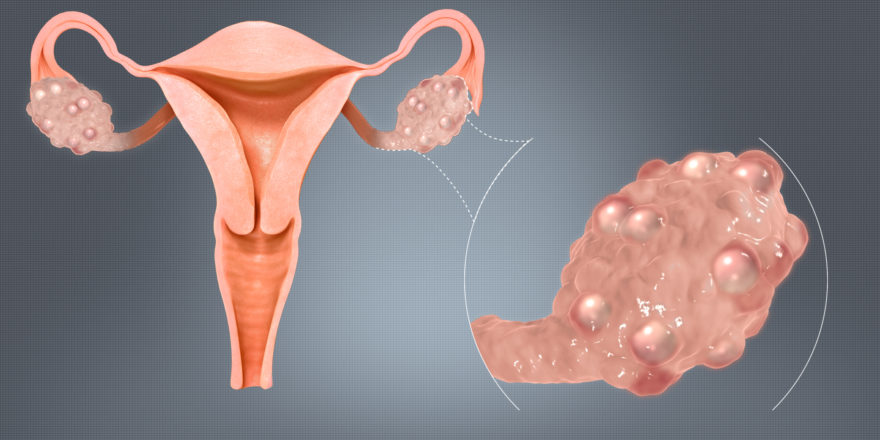The diagnosis of PCOS is a problem as more than one criteria are in use, and diagnosis rates vary significantly between them. The other issue is our understanding of PCOS has also changed considerably in the last five years, plus there are significant issues using the same criteria for adults and teenagers. Most clinicians use the Rotterdam Criteria but there is a strong case to review the criteria to include AMH levels and remove polycystic ovaries (despite the name of the condition!)
NIH Criteria (1990) requires ALL three:
- Clinical or biochemical evidence of hyperandrogenism
- Oligomenorrhea or anovulation
- Exclusion of other disorders
Rotterdam Criteria (2003) requires TWO of:
- Clinical or biochemical evidence of hyperandrogenism
- Oligomenorrhea or anovulation
- Polycystic ovaries
AES Criteria (2006) require ALL three:
- Clinical or biochemical evidence of hyperandrogenism
- Ovarian dysfunction (oligomenorrhea or anovulation and/or polycystic ovarian morphology)
- Exclusion of other androgen excess or related disorders
Age and PCOS diagnosis
Adult women (eight years since the start of their periods) should suspect they have PCOS if:
- Periods are infrequent or absent
- They develop signs of excess androgens (excess hair or acne)
Adolescents should suspect they have PCOS if:
- They have signs of excess androgens (excess hair or acne) PLUS:
- Menstrual cycles are irregular
The criteria for an irregular menstrual cycle are:
| Menstrual cycle length | Menstrual cycle length | Qualifying Timeframe |
|---|---|---|
| Over 45 days | Or less than 21 days | Between 1 and 3 years |
| Over 35 days | Or less than 21 days | 3 years or more |
| Over 90 days | 1 year or more | |
| No periods | 3 years since breasts formed | By the age of 15 |
PCOS should ALSO be suspected if there’s:
- A family history of PCOS
- Evidence of insulin resistance:
- Obesity
- Rough, dry skin with a grey-brown colour and velvety feel
Photo by Hush Naidoo Jade Photography on Unsplash




